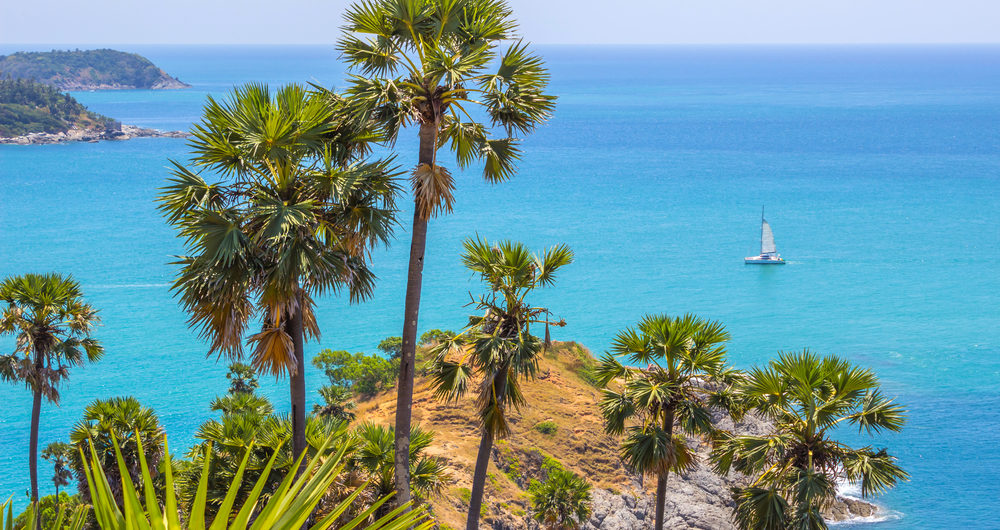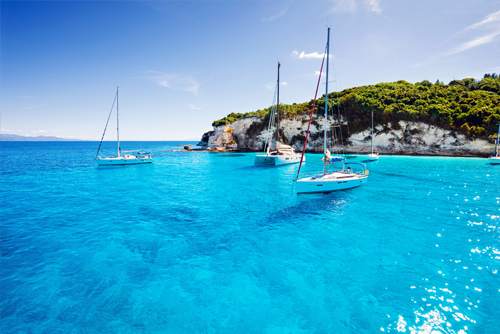
Safety Briefing – Learn To Sail Series
Giving a good safety brief is a top priority when you learn to sail. It is is crucial to ensure the safety of all those on board and to prevent accidents or emergencies at sea. Here’s a step-by-step guide on how to deliver an effective safety briefing for sailing.
Welcome to Vessel
- Welcome aboard [Sailing Vessel Name]. My name is [Your Name], and I’ll be your captain/skipper for this voyage. Your safety is our top priority, so please pay close attention to this safety briefing.
Emergency Contacts
- In case of emergency, notify [name of responsible person on vessel]
- Contact can be made with nearest Coast Guard station on VHF channel [Channel Number]. Contact is only to be made when authorised by [name of delegate]. Outline the procedure followed – this will be dependent on practical considerations of the vessel.
Life Jackets and PFDs
- Life jackets or Personal Floatation Devices (PFDs) are essential. Please ensure you’re wearing one at all times on deck. This policy of when to wear will be determined by the relevant SOP of vessel and the Master of the vessel.
- Adjust and secure your life jacket or PFD properly. If necessary give a demonstration of life-jacket usage.
- Each crew member has a designated life jacket or PFD with their name on it. Make sure it fits you snugly. If not designated then advise where and how to locate the lifejacket for each crew member.
Safety Equipment (learn to sail dummies guide – so important)
- Fire extinguishers, flares, lifebuoys, and first aid kits are located in [Designated Locations]. Familiarise yourself with their locations.
- life raft location – when to launch
- In case of fire, use a fire extinguisher. Know how to operate it.
- Flares are for signalling distress only. Do not activate them unless in an emergency.
Man Overboard (MOB) Procedures
- If someone falls overboard, shout “Man Overboard” loudly.
- Throw a lifebuoy with a lighted buoyant heaving line attached to it to mark the spot.
- The crew member to spot the man overboard will not take their eyes of the person overboard.
- Follow our MOB retrieval procedures to safely recover the person.

Fire Safety
- If a fire breaks out:
- Alert the crew and captain immediately.
- Use the appropriate fire extinguisher to tackle the fire, if safe to do so.
- If the fire cannot be controlled, prepare to abandon ship.
Navigation and Charts (see more in our learn to sail series)
- Our charts and navigational aids are located in [Designated Location]. Familiarise yourself with them.
- Ask for clarification if you’re unsure about our navigation plan or current position.
Weather and Sea Conditions
- Check the weather forecast before departure and monitor it during the voyage.
- Be alert to signs of changing weather, such as darkening skies or sudden wind shifts.
- Inform the captain if you observe any potentially hazardous conditions.
Rules and Regulations
Understand the local maritime rules and regulations.
- We will adhere to international navigational rules (COLREGs). Follow the captain’s instructions regarding right-of-way and navigation.
Safety Drills
- We will practice safety drills, including MOB and abandon ship procedures. Please participate actively and follow instructions during drills.
Communication
- We have a VHF radio onboard for communication. The captain will instruct you on its use.
- Carry a charged cell phone with you, and keep it in a waterproof bag.
- A fundamental concept when you learn to sail is the aspect of detailed communication.

Medical Emergencies
- If you or a crew member experiences a medical issue, inform the captain immediately.
- Our first aid kit is located in [Designated Location]. Familiarise yourself with its contents.
Roles and Responsibilities:
- Each member of the crew will be assigned specific roles to each crew member based on their skills and experience. The level of delegation should suit specific level on their personal learn to sail journey.
- Follow the chain of command.
General
- Location and usage of heads
- Location and usage of bilge pumps, manual and electric
- How to use cooker and procedures for turning gas on and off
- Battery selector switch- where is it located how to use
- Cabin Lights – preserve power – when to turn on – don’t leave on.
- Housekeeping rules
- Clothing
- Water & dehydration
- Footwear
Seasickness
- What to do when feeling seasick
- Where to go if sick
- Risk of MOB when sick
Important Points
- Advise what medications you are taking
- Where does gear get stowed
- Replace anything to where it was taken from
- Be TOLERANT – confined space be understanding and tolerant of those around you
- Dont leave lights on
- Dont waste water
- Dispose of garbage thoughtfully
Questions and Clarifications
- This is the time to ask any questions or seek clarification about safety procedures or any other concerns you may have.
Safety Briefing Close
- Remember that safety is our top priority. We’re here to have a great time. We should always be safe. Please cooperate and follow safety guidelines at all times.
Feel free to use this template safety briefing to develop your own specific briefing and set of procedures. Ensure that every member of your crew understands and acknowledges the importance of safety at sea.












